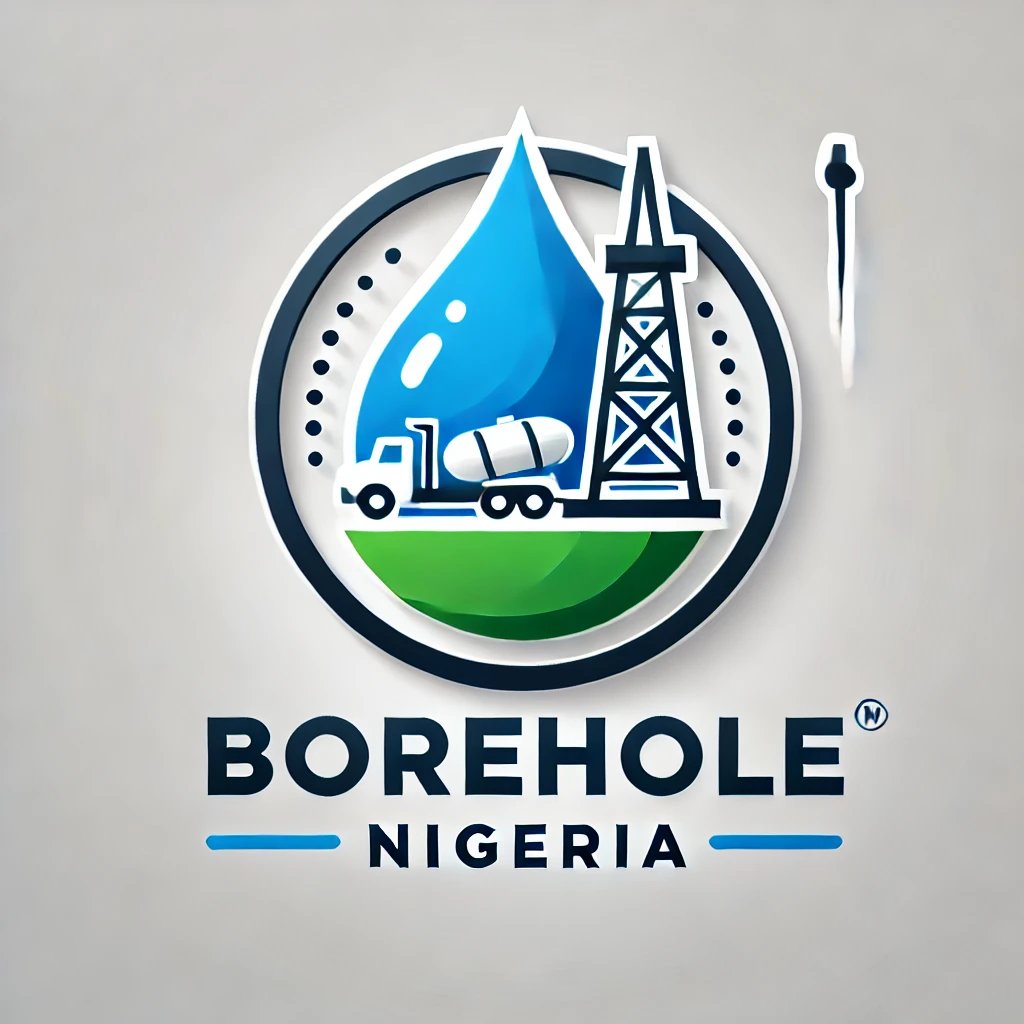Drilling a borehole in Botswana is an effective solution for securing a reliable water supply, particularly in rural areas or regions where municipal water is not available. The cost of drilling a borehole in Botswana can vary significantly depending on several factors, including location, depth, geological conditions, and additional infrastructure. Here’s a comprehensive guide to understanding the costs involved in borehole drilling in Botswana.
1. Hydrogeological Survey and Site Assessment
Before drilling begins, it is essential to conduct a hydrogeological survey to determine the best location for the borehole and estimate the depth required to access a sustainable aquifer. This survey helps in avoiding the risk of drilling a dry borehole and provides a more accurate cost estimate for the drilling process.
- Cost Estimate: In Botswana, a hydrogeological survey typically costs between BWP 5,000 to BWP 15,000 (approximately USD 370 to USD 1,100). The cost varies depending on the size of the area being surveyed, terrain complexity, and the scope of the survey.
2. Drilling Costs
Drilling is the most significant cost in borehole installation. The cost of drilling is affected by several factors:
- Depth of the Borehole: Boreholes in Botswana generally range from 60 to 200 meters deep, depending on the location and the underground water table. Deeper boreholes require more equipment, time, and labor, which increases the cost.
- Geological Conditions: Botswana’s geology varies, with some areas having soft sediments and others with hard rock formations, which require more powerful drilling equipment and more time, thus driving up costs.
- Cost Estimate: The cost of drilling in Botswana ranges from BWP 500 to BWP 1,200 per meter (approximately USD 37 to USD 88 per meter). For a 100-meter borehole, the cost can range from BWP 50,000 to BWP 120,000 (about USD 3,700 to USD 8,800). A deeper borehole of 150 meters might cost between BWP 75,000 and BWP 180,000 (about USD 5,500 to USD 13,200).
3. Borehole Casing and Lining
Once the borehole is drilled, it must be lined with casing to prevent the walls from collapsing and to protect the water from contamination. The type of casing material—typically PVC or steel—will affect the cost, with steel casings being more durable but more expensive.
- Cost Estimate: Borehole casing can cost between BWP 100 to BWP 300 per meter (approximately USD 7 to USD 22 per meter). For a 100-meter borehole, this would add an additional BWP 10,000 to BWP 30,000 (about USD 740 to USD 2,200).
4. Water Yield Testing and Quality Analysis
After drilling and casing the borehole, it is necessary to conduct water yield testing to determine the flow rate and sustainability of the water source. Water quality analysis is also performed to ensure the water is safe for drinking and other uses.
- Cost Estimate: The cost for water yield testing and water quality analysis typically ranges from BWP 2,000 to BWP 6,000 (approximately USD 150 to USD 450).
5. Pump Installation
To extract water from the borehole, a pump installation is required. The type of pump needed (submersible or surface) depends on the borehole’s depth and yield capacity. Submersible pumps are more efficient for deeper boreholes but are also more expensive.
- Cost Estimate: The cost of installing a submersible pump, including piping and fittings, ranges from BWP 10,000 to BWP 35,000 (approximately USD 740 to USD 2,600).
6. Electrical Connections and Plumbing
After the pump is installed, the borehole needs to be connected to an electrical source to power the pump, and plumbing work is required to distribute water to storage tanks or a water supply system. This involves trenching, laying pipes, and connecting to the main water storage facility.
- Cost Estimate: Electrical and plumbing installation costs can range from BWP 5,000 to BWP 20,000 (approximately USD 370 to USD 1,500), depending on the distance to the storage system and the complexity of the installation.
7. Water Storage and Filtration Systems
To ensure a reliable supply of clean water, particularly in areas where water quality might be variable, installing a water storage tank and filtration system is advisable. The size of the storage tank (typically between 1,000 and 10,000 liters) and the type of filtration system will affect the overall cost.
- Cost Estimate: A water storage tank and filtration system can cost between BWP 8,000 to BWP 30,000 (approximately USD 600 to USD 2,200).
8. Total Cost Estimate for Borehole Drilling in Botswana
Considering all these factors, the total cost of drilling and equipping a borehole in Botswana generally ranges from BWP 80,000 to BWP 250,000 (approximately USD 5,900 to USD 18,400). The final cost depends on the borehole depth, geological conditions, and additional infrastructure, such as water storage and filtration systems.
9. Additional Considerations
- Maintenance Costs: Regular maintenance is essential to ensure the borehole remains functional and the water quality is safe. This includes annual inspections, pump servicing, and periodic water testing. Annual maintenance costs can range from BWP 2,000 to BWP 8,000 (approximately USD 150 to USD 600).
- Permits and Regulations: Drilling a borehole in Botswana may require permits and adherence to environmental regulations. It’s important to consult with local authorities, such as the Department of Water Affairs, to avoid fines or legal issues.
- Seasonal Variations: Drilling costs can vary based on demand and season. It is often more cost-effective to drill during the dry season when the water table is more stable.
Conclusion
Drilling a borehole in Botswana is a strategic investment that provides a reliable water source for residential, agricultural, or commercial purposes. While the initial costs can be substantial, the long-term benefits of having a consistent and independent water supply often outweigh the expenses. To get the best value for your investment, it is essential to obtain quotes from multiple reputable drilling companies and ensure their pricing includes all necessary components to avoid hidden costs. This approach will help you plan effectively and ensure a successful borehole installation tailored to your specific needs.
